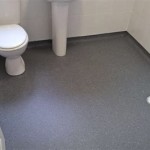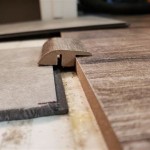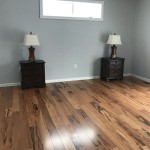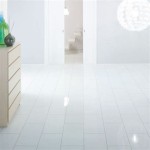Are you looking for ways to fill those pesky gaps in your laminate floors? If so, you’ve come to the right place! This comprehensive guide will walk you through the various methods you can use to fill gaps without breaking the bank. Read on to learn more!
What Causes Gaps In Laminate Floors?
Gaps in your laminate floors can occur for a variety of reasons, depending on the type of laminate you have. In general, laminate floors expand and contract depending on the temperature and humidity levels in your home. If the flooring isn’t properly installed or isn’t able to “breathe” properly, this can cause gaps to form between the floorboards.
Options For Filling Gaps In Laminate Floors
Fortunately, there are several options available for filling gaps in laminate floors. Here are some of the most popular methods:
- Filling the gaps with wood putty.
- Using wedges and spacers to push the boards tightly together.
- Installing transition strips to cover the gaps.
- Installing a flexible sealant between the boards.
Filling Gaps With Wood Putty
Using wood putty is one of the easiest and most affordable options for filling gaps in laminate floors. All you need to do is apply the wood putty to the gap and use a putty knife to spread it evenly. Once it’s dry, you can sand it down and paint it to match the surrounding flooring.
Using Wedges And Spacers
If you don’t want to use wood putty, you can try using wedges and spacers to push the boards tightly together. This is a great option if you’re dealing with larger gaps. To do this, you’ll need to wedge a piece of wood (or a spacer) between the boards and then gently tap it into place. This will help to fill the gap and keep the boards in place.
Installing Transition Strips
If you don’t mind covering the gaps, you can install transition strips to cover them up. Transition strips are long strips of wood or metal that are placed over the gaps to hide them. This is a great option if you don’t want to go through the hassle of filling the gaps or if you don’t have the proper tools.
Installing A Flexible Sealant
Finally, you can also try using a flexible sealant between the boards. This is a great option if you’re dealing with smaller gaps. All you need to do is apply the sealant to the gap and then let it dry. Once it’s dry, it will help to keep the boards in place and prevent dirt and debris from getting between the boards.
Conclusion
Filling gaps in laminate floors can be a tricky task, but it doesn’t have to be! With the right tools and methods, you can easily fill the gaps without breaking the bank. Whether you choose to use wood putty, wedges and spacers, transition strips, or a flexible sealant, you’re sure to be pleased with the results.








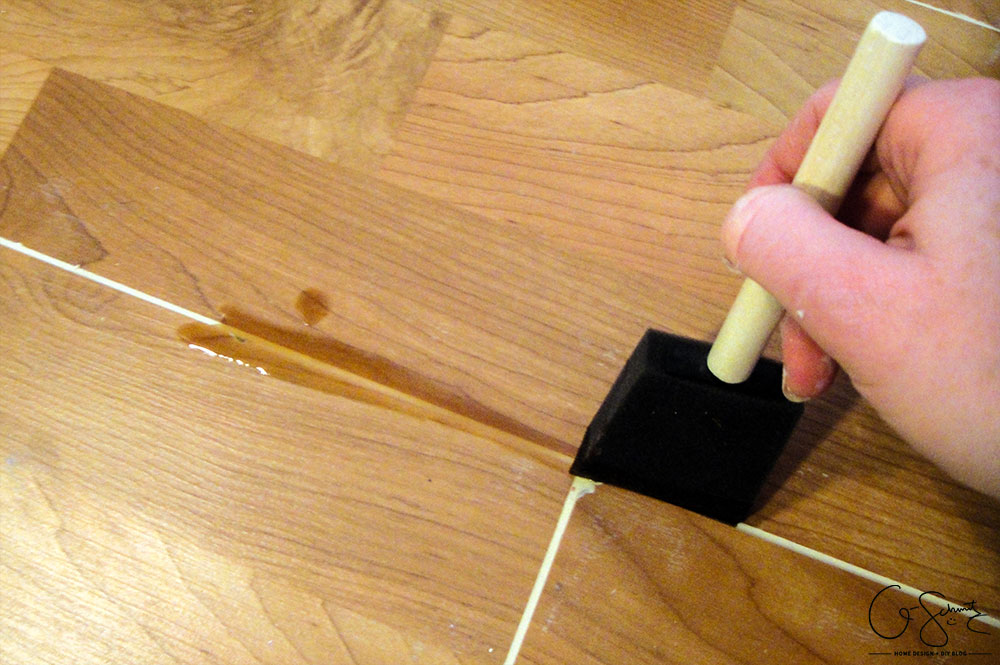






Related Posts

